Rowley Shoals in the North West of Australia (AHS nautical charts with the GeoGarage platform)
- The Guardian : Unsustainable fishing worsens threats to Great Barrier Reef



 In this image, captured on 11 August by the Copernicus Sentinel-2 mission, the MV Wakashio, visible in the bottom of the image, is stranded close to Pointe d’Esny, an important wetland area.
In this image, captured on 11 August by the Copernicus Sentinel-2 mission, the MV Wakashio, visible in the bottom of the image, is stranded close to Pointe d’Esny, an important wetland area.The #Beirut tragedy is a reminder that we must take action on all threats to human and ecological health. #Yemen https://t.co/tGtYpskRgJ— Inger Andersen (@andersen_inger) August 8, 2020
“Time is running out for us to act in a coordinated manner to prevent a looming environmental, economic and humanitarian catastrophe,” explains Inger Andersen, Under-Secretary-General and Executive Director of the United Nations Environment Programme, further elaborating that access needs to be granted to the Safer to assess its condition and determine how its cargo can be safely off-loaded.#ImageOfTheDay #EUSpace for #OilSpill #monitoring@UN warns that an abandoned #oil #tanker moored off the coast of #Yemen🇾🇪 and laden with more than one million barrels of crude oil 🛢️is at risk of leaking#Sentinel2 🇪🇺🛰️imagery of the ship which threatens the Red Sea ecosystems pic.twitter.com/1APdCpEDlR— 🇪🇺 DG DEFIS #StrongerTogether (@defis_eu) July 22, 2020
Although the shipping company has not declared how much it expects the clean-up to cost there are precedents.Grounded Mauritius Ship Operator Apologises for Oil Leak— Mauritius Island (@MauritiusGuide) August 9, 2020
TOKYO — "We apologise profusely and deeply for the great trouble we have caused," Akihiko Ono, executive vice president of Mitsui OSK Lines said at a new conference in Tokyo.https://t.co/TtCPe6O0Ww pic.twitter.com/5p4YkW6V8e
How pervasive the consequences of the Wakashio spill in Mauritius will be is yet to be seen.Le naufrage du #Wakashio représente un danger pour l'île Maurice. Notre pays n’a pas les compétences et l’expertise pour le renflouage des navires échoués, c’est ainsi que j’ai sollicité l’aide de la #France à @EmmanuelMacron. pic.twitter.com/30m2pQzEy4— Pravind Jugnauth (@PKJugnauth) August 7, 2020
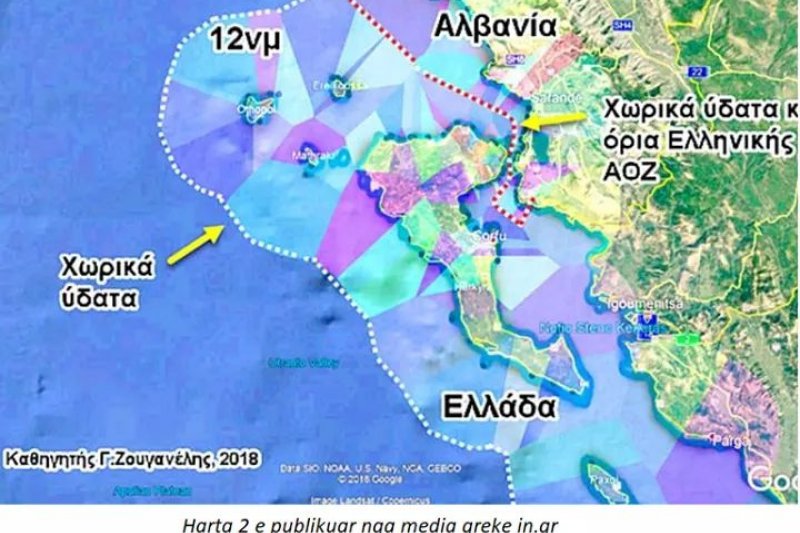
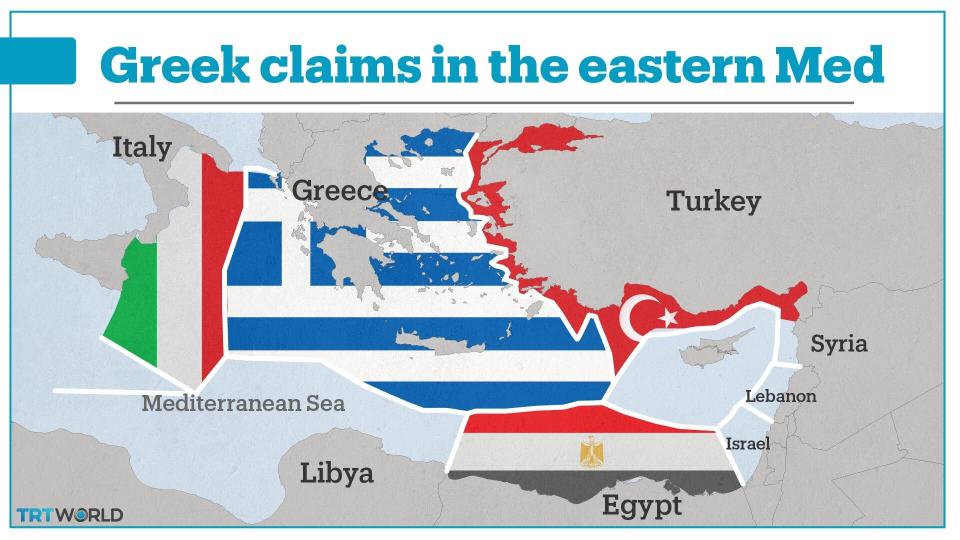
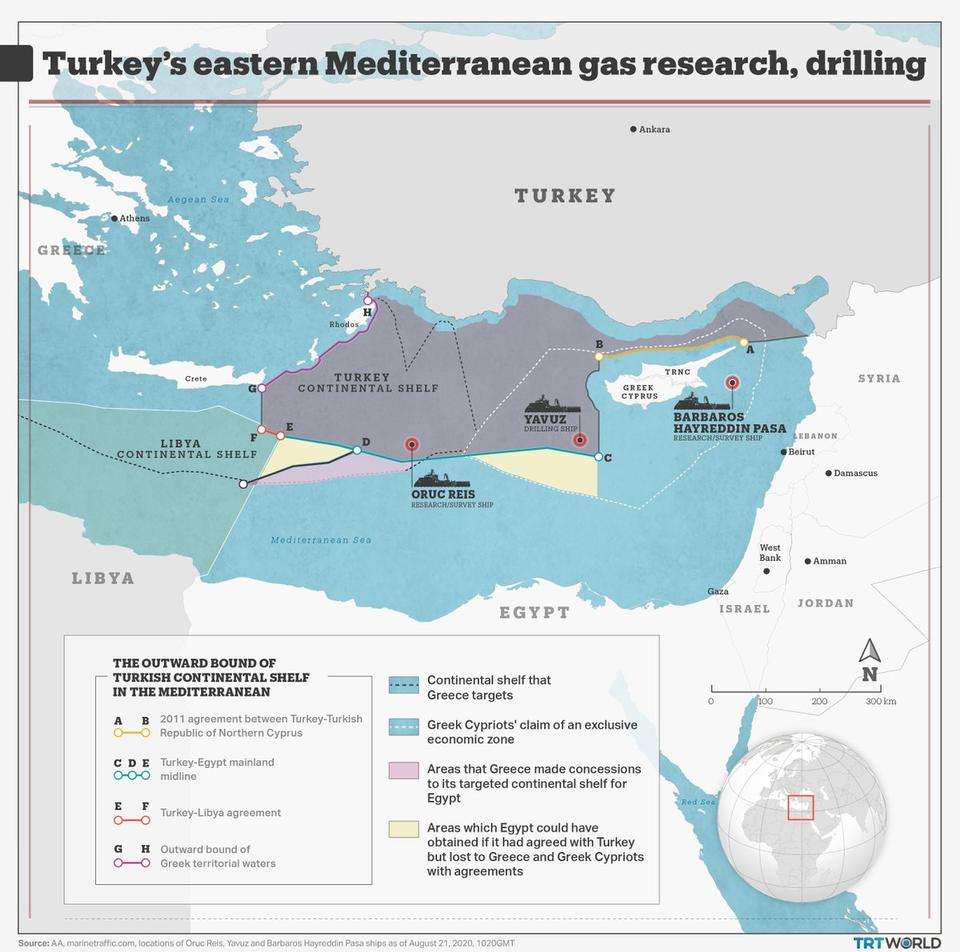
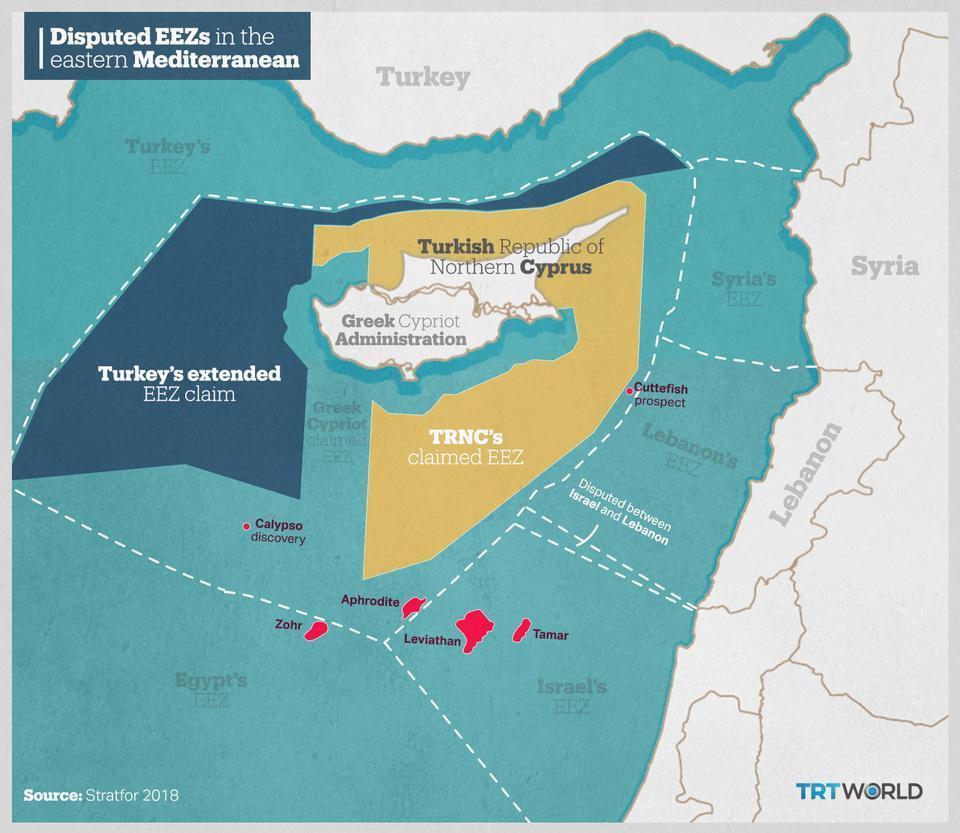
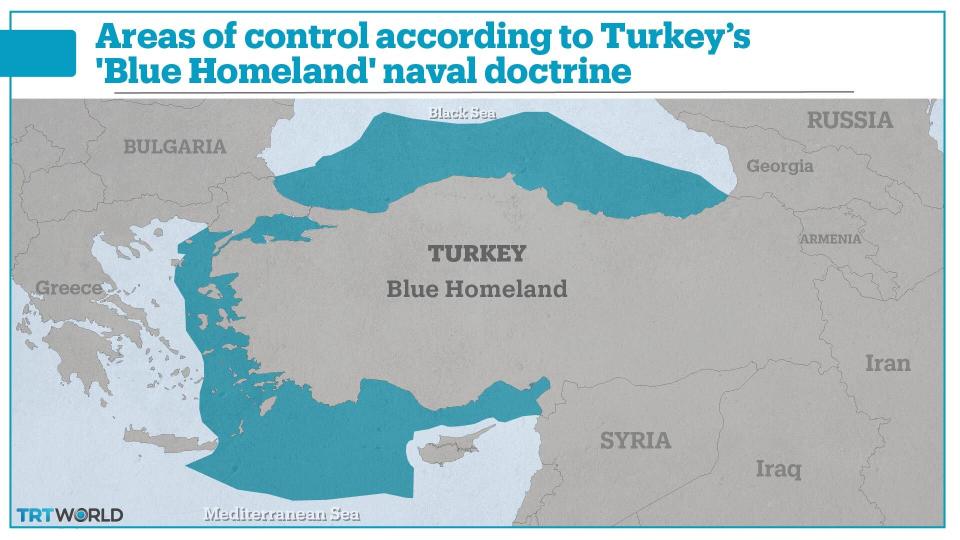
Turkey, however, has adopted a defensive naval doctrine called the ‘Blue Homeland’.
It effectively secures its main and only outlet to the sea freely, which is why the eastern Mediterranean is so important for Turkey’s political and military establishment.
The Blue Homeland doctrine was initially proposed in 2006, it was adopted as official policy in 2013 by the Turkish government.
The Blue Homeland doctrine, therefore, aims to ensure that Turkey can defend its own borders without relying on other states.
Links :
From Windward by Omer Primor
Movies have taught us that, when looking to achieve an investigative breakthrough and capture a bad-guy, it is necessary to track their phones.
Movies have also taught us that the bad guys know that, and they often adapt their ways, trying to throw the good-guys off their tail.
The ocean is no different than a great spy movie.
For over two decades, the shipping industry relied on AIS to prevent collisions at sea by requiring ships larger than 300 tons to transmit their digital information, ensuring ships maintain a safe distance from one another at sea.
Today, AIS data can do more.
AIS transmissions implement a new level of transparency regarding ship movements in the ocean and can be used to optimize, enhance, and improve maritime trade, transportation, security, safety, and supply chain management.
For the good guys, this is great news, but for the bad guys, this is another problem they must overcome; AIS transmissions and the increased transparency they create is precisely what bad actors at sea want to avoid.
To try and exploit the sea and conduct illicit activities, criminals have developed sophisticated ways to exploit AIS vulnerabilities and mask their location.
In 2020 however, that may be a moot effort.
AIS off, pressure on
Criminals trying to trade illegal goods or violate sanctions need to do so without getting caught.
As sea, that means avoiding detection, hiding origin and destination locations, not docking at ports, and doing anything possible to avoid transmitting AIS data.
When docking, transhipping, or getting too close to a ship becomes unavoidable for the criminals, their only option is to go dark.
By turning off transmissions, there are no records of locations, port entries, or transshipment conduct occurring.
Sounds great? Think again.
The bar for sanctions screening has been raised as a result of the new advisories, and with it, the Know Your Vessel (KYV) checks companies must perform.
For criminals looking to violate sanctions or conduct illegal activities under the guise of “going dark,” this means bad news.
Any AIS transmission gap becomes a blaring red flag necessitating further examination, thereby increasing the chance of exposure.
It no longer matters if there is no proof of loading or discharging sanctioned cargo; the suspicious behavior itself is enough for companies to withhold services or terminate contracts under the new advisory.
Having an AIS transmission gap and not knowing a ship’s exact whereabouts becomes reason enough to flag it, making turning AIS off completely counterproductive.
You see what I want you to see
Criminals recognize that turning off their AIS signal is an immediate red flag, and that is what they want to avoid.
Instead of turning off AIS data transmission, they instead try to manipulate the data.
Instead of controlling WHEN they do and do not transmit data, they try to control WHAT data they transmit, and WHO is transmitting it.
Consider the following case:
In mid-June 2020, a laden VLCC tanker docked in Qingdao, China.
Based on its size and reported draft change, it delivered approximately 2 million barrels of crude oil from the Persian Gulf.
Diving deep into the voyage data reveals that the tanker first arrived at the Gulf late-April, and after a quick detour into Hormuz, it anchored halfway between Fujairah and Iran for 10 days.
After anchoring, the ship reported its draft as “laden,” and set sail for China.





